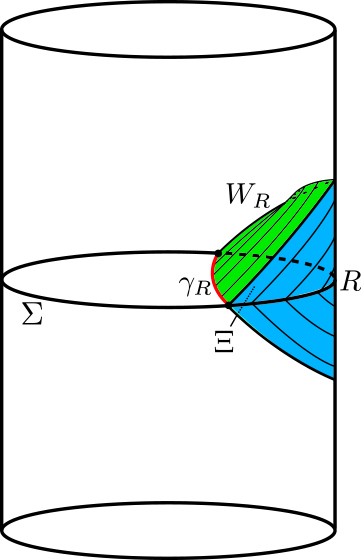

We find a low logical error probability of 3% per cycle when rejecting experimental runs in which leakage is detected. Repeatedly executing the cycle, we measure and decode both bit-flip and phase-flip error syndromes using a minimum-weight perfect-matching algorithm in an error-model-free approach and apply corrections in post-processing. In an error-correction cycle taking only 1.1 μs, we demonstrate the preservation of four cardinal states of the logical qubit. Using 17 physical qubits in a superconducting circuit, we encode quantum information in a distance-three logical qubit, building on recent distance-two error-detection experiments7–9. Here we demonstrate quantum error correction using the surface code, which is known for its exceptionally high tolerance to errors3–6.

For fault-tolerant operation, quantum computers must correct errors occurring owing to unavoidable decoherence and limited control accuracy2. Quantum computers hold the promise of solving computational problems that are intractable using conventional methods1. We also break unitarity by adding spacetime-translation-invariant measurements and find a class of circuits with fractal dynamics.
#QUANTUM ERROR CORRECTION AND ORTHOGONAL GEOMETRY FULL#
A full classification on the square lattice reveals, of particular interest, a "non-fractal good scrambling class" with dense operator spreading that generates codes with linear contiguous code distance and high performance under erasure errors at the end of the circuit. We use the formalism of Clifford quantum cellular automata to describe operator spreading, entanglement generation, and recurrence times of these circuits. Working on the square and kagome lattice, one can further impose invariance under (subgroups of) the crystal's point group. Further imposing dual-unitarity, our circuits effectively become crystalline lattices whose vertices are SWAP or iSWAP cores and whose edges are decorated with single-qubit gates. Motivated by the need for deterministic circuits with similar applications, we construct classes of nonrandom unitary Clifford circuits by imposing translation invariance in both time and space. Random quantum circuits continue to inspire a wide range of applications in quantum information science, while remaining analytically tractable through probabilistic methods.


 0 kommentar(er)
0 kommentar(er)
